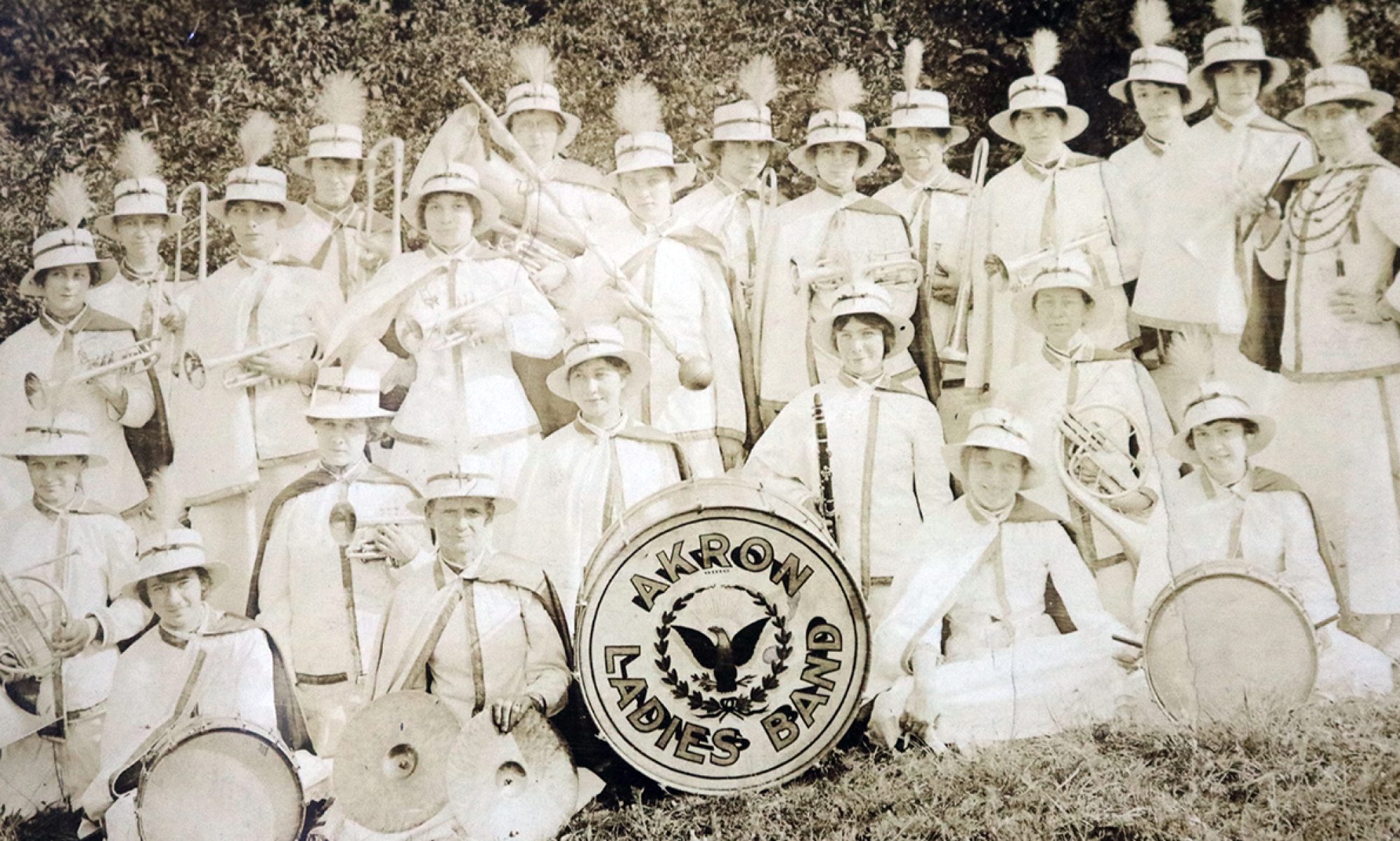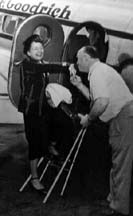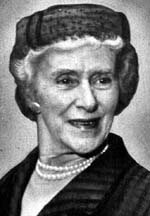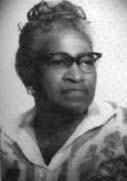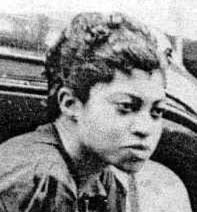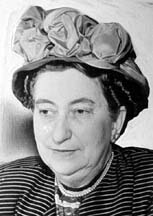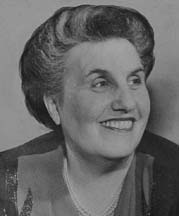
Harriet Wilson Ayers was known for her work in both the business and social/civic worlds of Akron, Ohio.
Harriet Beckwith was born in Akron in 1890 and attended Henry School. After graduating from Central High School, she spent two years at the Akron Normal School. She then taught kindergarten for a year at Fraunfelter School. In 1911, she married Ralph Wilson, who was the president of the Wilson Lumber Company, which later became the Portage Lumber Company.
They had one daughter, Nancy, and two sons, Ralph and Robert. They were members of the First Baptist Church.
Upon her husband’s death in 1932, she assumed the responsibility of running the lumber company. She continued to do so until 1954. That year, she turned the company over to her son so she could start a new career as an insurance underwriter. She also remarried, to Allan F. Ayers, who had one son, Allan Jr.
Not only was Wilson running the lumber company, but she also spent some time working for the Charles Slusser Insurance Company and the Eagle Printing Company. In 1956, she was named Woman of Achievement, an award given to a business or professional woman who is outstanding in both the community and in public service fields.
According to the Beacon Journal, “despite the 15 years she has spent in business, doing a job that would require the best efforts of a man, Harriet is just as fond as feminine activities as she ever was.” This included maintaining ties to the many organizations she helped to found.
She was a charter member of the Women’s City Club, the Akron Art Institute and the Manuscript Club. She was the founder of the Zonta International Women’s Service Group, the Inter-Club Council of Business and Professional Women’s Clubs and the Business Woman’s Current Events Club. Wilson also adopted leadership roles in many of those organizations. She was the first chairman, sponsor, organizer and honorary president of the City Club’s Little Theater Section, a president and member of the board of directors of the City Club, honorary and three-year president of the Business Women’s Current Events Club, secretary and organizer of the Akron Symphony Orchestra and first secretary of the Women’s Section of the National Aeronautics Association. She was a secretary of the Volunteer Committee for the Preservation of Stan Hywet, a vice president of the Home and School League, a member of the board of the Children’s Concert Society, and a member of the board of directors of the International Center. She was also involved in the Men’s City Club, through her business relations, and a member of the Women’s Committee of the Greater Akron Music Association.
As a member of the First Baptist Church, she was president of the Young Ladies Circle. She later changed churches and became an active member of St. Paul’s Episcopal Church.
The Beacon Journal article concluded, “Mrs. Harriet Beckwith Wilson offers further proof – not that any is needed – that a woman can successfully take a man’s place in the business world.” She was a “gracious woman,” with an “infectious laugh…who hates snobbery and has none of it in her makeup.”
She continued her involvement in Akron organizations up until her July 4, 1978 death.
Photo courtesy of the Beacon Journal.
–Stephanie Devers
